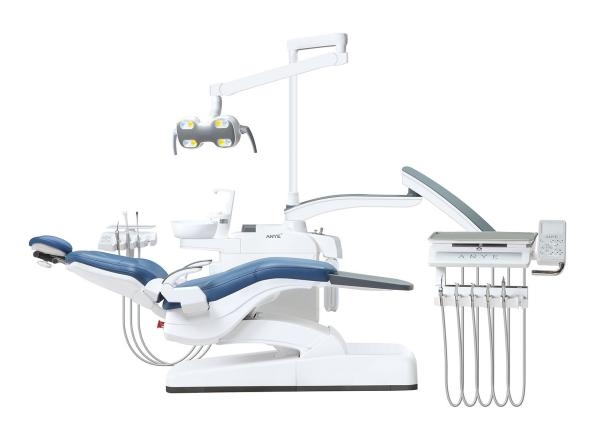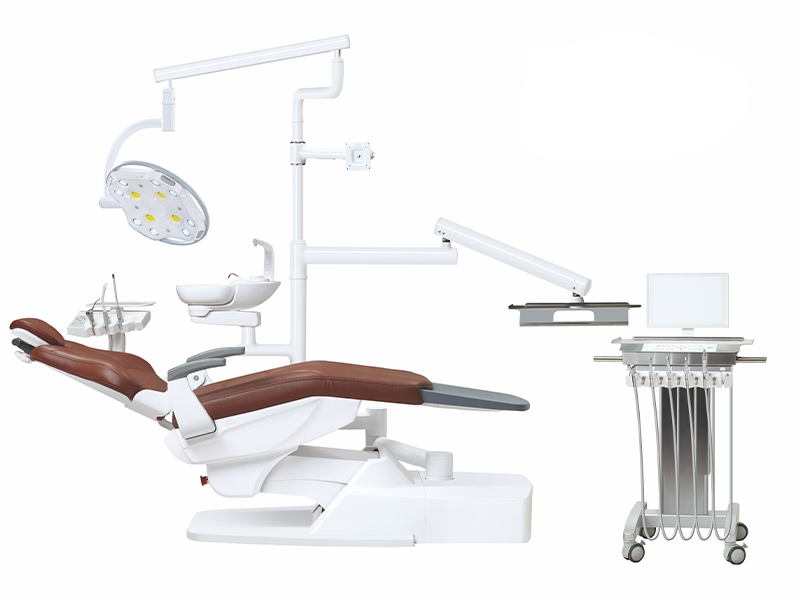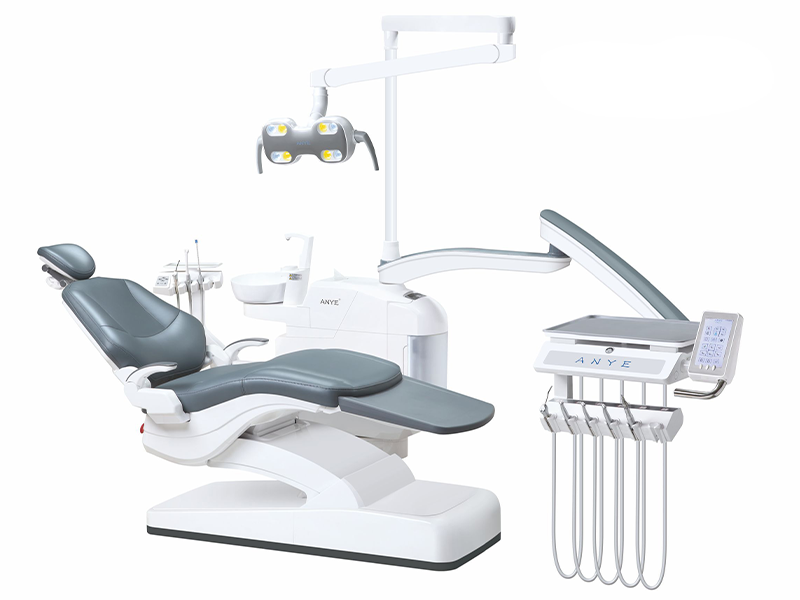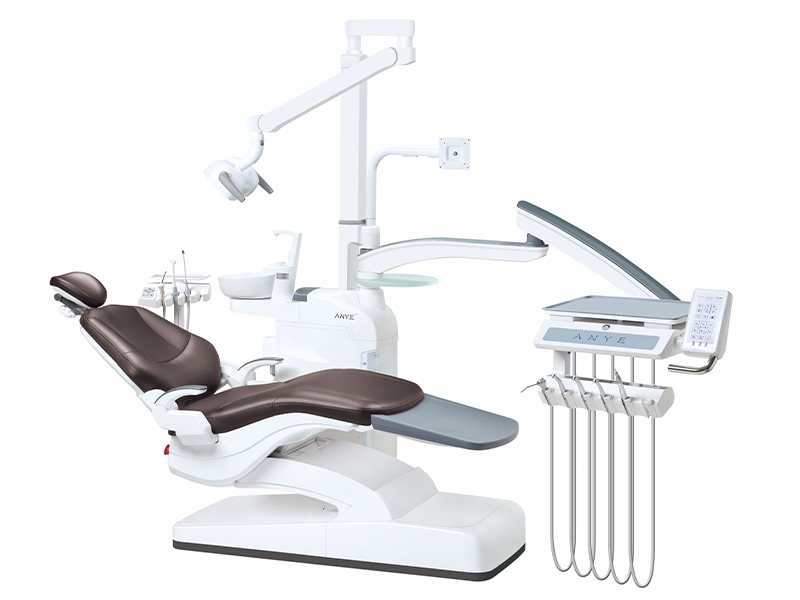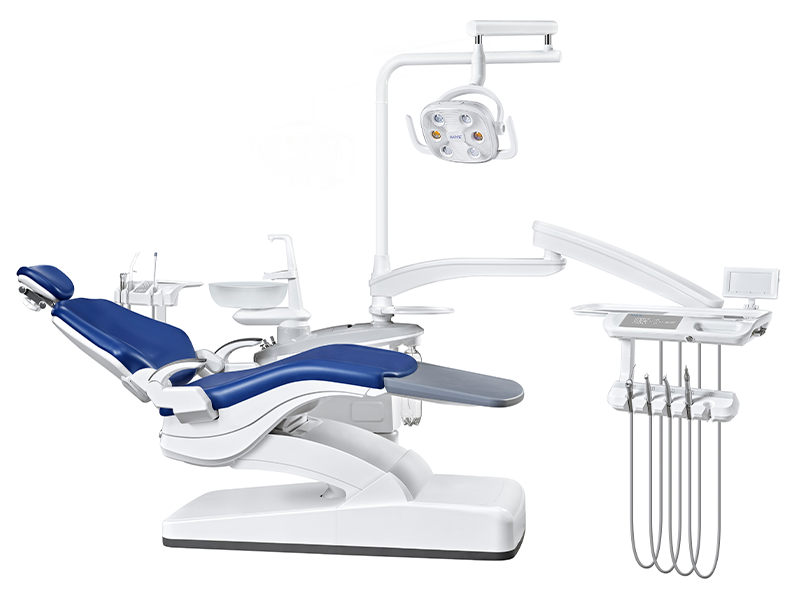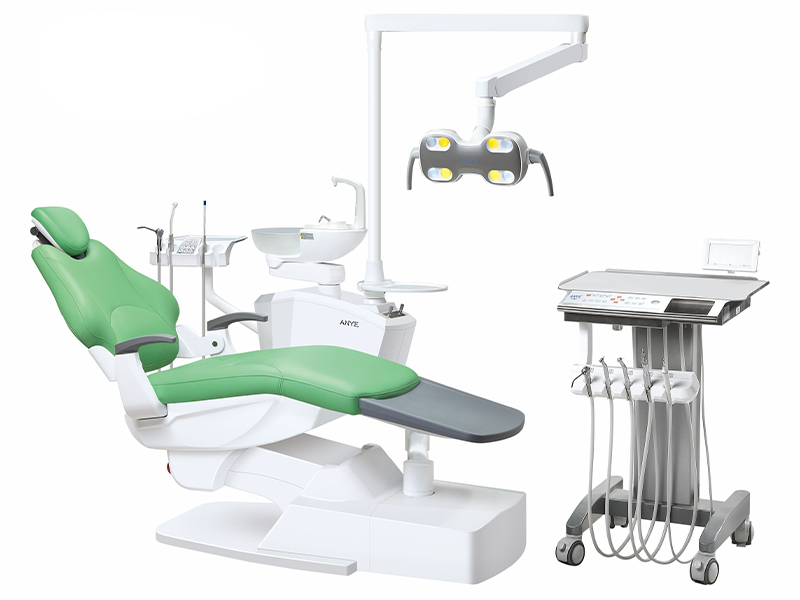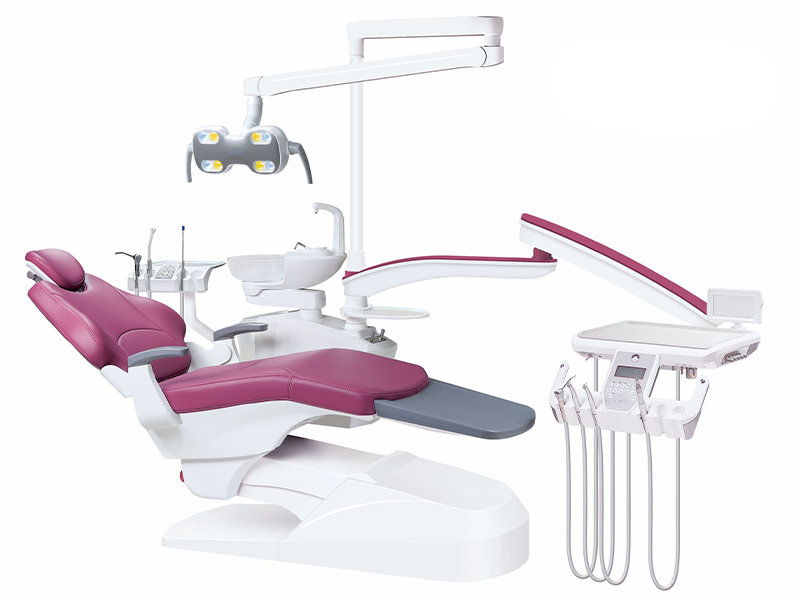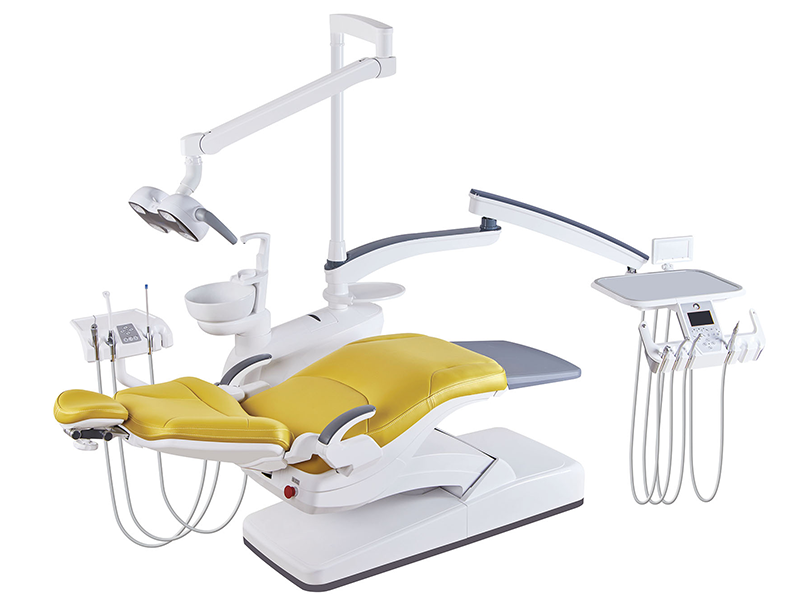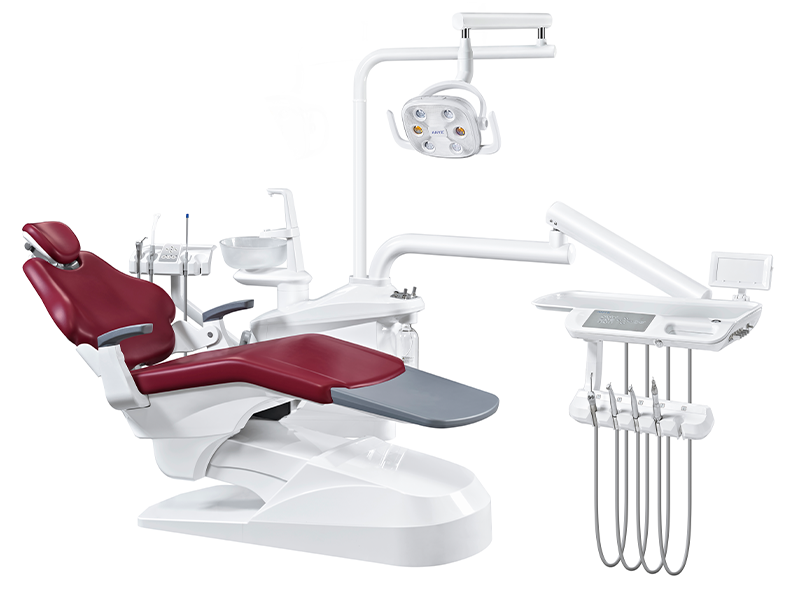In an era where dental practices face unprecedented demands for efficiency, patient comfort, and regulatory compliance, selecting the right dental unit has become a mission-critical decision. With the global dental equipment market projected to reach $3.4 billion by 2030 (Grand View Research), procurement teams must balance cutting-edge innovation with long-term operational sustainability. Over 40% of dental institutions now prioritize upgradable systems to future-proof investments, reflecting a strategic shift toward modular designs that adapt to evolving clinical workflows (Technavio, 2024). This guide provides a rigorous analysis of dental unit categories, performance benchmarks, and procurement methodologies, equipping buyers with actionable insights to navigate a complex global supply chain while mitigating risks such as obsolescence and compliance gaps.
Types of Dental Units: Matching Technology to Clinical Needs
Modern dental units are engineered to address specialized clinical requirements, ranging from general dentistry to pediatric care and advanced surgical procedures. Chair-mounted units remain the cornerstone of clinical setups, offering integrated instrument delivery systems and ergonomic positioning. For practices requiring mobility, portable units with compact compressors enable flexible treatment environments, particularly in community health programs or multi-room clinics.
Anye Dental, a leading manufacturer with CE and ISO 13485 certifications, exemplifies this diversity through its AY-215 series. The AY-215A Series (A1, A2, A3, A5) combines precision torque control (18–22 Nm) with programmable positioning, ideal for implantology and restorative procedures. For infection-sensitive environments, the AY-215B5 and C5 models incorporate UV-C sterilization chambers and anti-microbial upholstery, aligning with WHO infection control guidelines. Pediatric specialists increasingly adopt the AY-215D Series, featuring scaled-down ergonomics and distraction technologies to reduce child anxiety.
The company’s 15,000+ sqm production facility in Guangdong, China, leverages Kuka robotic assembly lines and laser-cutting systems to maintain tolerances under 0.1mm, ensuring interoperability across unit components. With service hubs in 60+ countries, Anye supports global buyers through localized spare part inventories and 72-hour on-site repair guarantees.
Critical Features Defining Dental Unit Performance
Technical specifications must translate directly into clinical outcomes. Torque consistency remains a non-negotiable metric, with deviations beyond ±5% risking implant failure or restorative material stress. Advanced units now integrate real-time torque feedback systems, logging data to comply with ADA Specification 101 and ISO 7494-1 standards.
Ergonomic design has evolved beyond basic adjustability. The AY-215E Rehabilitation Chair, for instance, offers 14-axis articulation to accommodate patients with mobility limitations, reducing transfer injuries by 27% in clinical trials. Simultaneously, AI-assisted positioning systems analyze practitioner posture, automatically adjusting unit height and tilt to minimize musculoskeletal strain—a critical advantage given that 58% of dentists report chronic back pain (Journal of Dental Research, 2023).
Energy efficiency now directly impacts operational budgets. Units like the AY-215C3 consume 30% less compressed air than legacy models through variable-speed compressors, while 5G-enabled predictive maintenance alerts technicians to motor wear before failures occur. Such innovations are reshaping total cost of ownership (TCO) calculations, with refurbished units now requiring 22% higher annual maintenance costs compared to new AI-equipped models (Dental Economics, 2024).
Strategic Procurement Considerations for 2025
Procurement decisions must account for both immediate clinical needs and long-term adaptability. A 15-year lifecycle analysis reveals that units with ≥85% component commonality reduce repair downtime by 40% compared to proprietary systems. Buyers should verify suppliers’ obsolescence management plans, including guaranteed firmware updates for at least 8 years post-purchase.
Regulatory compliance demands meticulous validation. While CE marking remains essential for EU markets, the FDA’s 510(k) clearance adds 4–6 months to the procurement timeline for U.S. buyers. Emerging markets like Saudi Arabia now mandate SASO-ECAS certification, requiring third-party validation of electrical safety protocols.
Anye Dental’s global service network, spanning 12 regional hubs across six continents, exemplifies post-purchase support benchmarks. Their SLA templates include penalties for 24-hour response time breaches, a critical safeguard for high-volume clinics.
Total Cost of Ownership: Beyond Initial Purchase Price
Procurement teams must evaluate dental units through a 15-year financial lens, where upfront costs often represent less than 40% of total expenditures. A 2024 Dental Economics study found that refurbished units incur 22% higher annual maintenance fees due to obsolete components, while new models with predictive maintenance capabilities reduce downtime costs by $18,000 per chair over a decade. Anye Dental’s 5-year TCO calculator reveals that energy-efficient units like the AY-215C3 save clinics $2,100 annually through variable-speed compressors and LED lighting.
Critical cost drivers include:
- Spare parts availability: Units with ≥85% commonality (e.g., Anye’s AY-215 series) shorten repair cycles to 48 hours globally.
- Software licensing: 73% of AI-equipped chairs require annual updates priced at 6–8% of initial cost.
- Disposal fees: Non-modular designs increase end-of-life recycling costs by 300% (ADA Environmental Guidelines).
Anye’s 15,000+ sqm automated facility in Guangdong ensures 98% parts availability for all models manufactured since 2015, supported by regional hubs stocking 12,000+ components.
Compliance and Certification Standards for Global Markets
Navigating regulatory landscapes requires meticulous planning. While CE marking remains mandatory for EU markets, the FDA’s 510(k) clearance process adds 4–6 months to U.S. deployments. Emerging markets like Saudi Arabia now enforce SASO-ECAS certification, requiring third-party validation of electrical safety protocols.
Anye Dental’s ISO 13485-certified quality management system ensures compliance across 60+ countries, with pre-configured units meeting:
- EU MDR 2017/745 for medical device traceability
- ANSI/ADA Specification 101 for torque accuracy (±2%)
- China’s GB 9706.1-2020 for electromagnetic compatibility
The AY-215B5 sterilization model exceeds WHO infection control benchmarks with UV-C chambers validated to eliminate 99.92% of pathogens in clinical trials.
Future-Proofing Investments Through Technological Integration
The 2025 dental unit market demands IoT-enabled interoperability. Anye’s AY-215A5 implantology chair integrates with CBCT scanners via DICOM 3.0, reducing setup time by 19 minutes per procedure. Real-time data from its 5G-connected hydraulic systems predict bearing failures 800 operating hours before malfunction, slashing unplanned downtime by 67%.
Emerging trends include:
- AI posture optimization: Reduces practitioner musculoskeletal injuries by 34% (Journal of Dental Ergonomics, 2024).
- Voice-controlled workflows: The AY-215C5 responds to 12 languages, improving workflow efficiency in multilingual clinics.
- Augmented reality maintenance: Anye’s AR glasses overlay repair instructions onto physical units, cutting technician training time by half.
Conclusion: Strategic Procurement in a Dynamic Dental Landscape
Selecting dental units in 2025 requires balancing clinical precision, regulatory rigor, and technological adaptability. With 40% of dental schools now incorporating Anye units into training curricula, the brand’s commitment to CE-certified, modular designs positions clinics for long-term success. As AI and IoT redefine patient care, procurement teams must prioritize suppliers offering 10-year software roadmaps and multi-continent service networks.
Anye Dental’s global infrastructure—12 regional hubs, 72-hour response guarantees, and robotic manufacturing—provides a blueprint for sustainable procurement. For deeper insights into ergonomic innovations, explore our analysis of how the right dental chair improves treatment efficiency.

